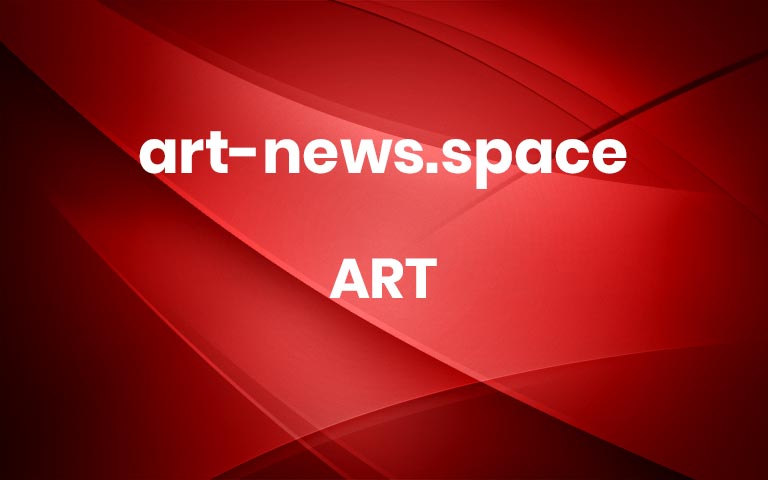Bizarre Wide-Eyed Hybrids Reflect Imagined Landscapes in Naoto Hattori’s Miniature Paintings
Art
#animals
#miniature
#painting
#surreal
September 3, 2021
Grace Ebert
“Green Walk.” All images © Naoto Hattori, shared with permission
At once adorable and unnervingly surreal, the fantastical creatures rendered by Naoto Hattori (previously) seamlessly meld the myriad textures and colors found in nature into unusual hybrids. They’re often fluffy, equipped with horns in surprising spots, and bear eyes so inordinately large and glassy that they reflect full-scale landscapes. Whether a furry sea horse-like character or a large bulbous head floating mid-air, the figures are musings on Hattori’s experiences. “When I (am) lucid dreaming, I imagine myself as a floating hybrid creature or something in harmony with nature,” he tells Colossal.
Primarily working in acrylic, the Japanese artist keeps his paintings small in scale, opting for miniature boards that generally don’t stretch more than six inches. He welcomes the technical challenge of such tiny spaces, although the size constraint originally developed when he was diagnosed with severe cervical spondylosis about 10 years ago. “When I tried to draw with my elbows and shoulders, my fingertips became numb and I couldn’t control the brush,” he says. “If it’s about the size of a notebook, I can draw without moving my neck or shoulders… So currently, I’m painting a smaller size that allows me to draw freely with the movements of my wrists and fingertips.”
Hattori, who recently relocated from New York to his hometown of Yokohama, Japan, will be part of The Blab Show opening at Santa Monica’s CoproGallery on September 11. You can glimpse his process on Instagram, and shop originals and prints on his site.
“Regeneration 3”
Left: “Floating.” Right: “Regeneration 2”
“Mind Pollinator”
“Lucid Dreamer”
Left: “Rooster.” Right: “Sing for Joy”
“Baby Fungus”
“Inner Sound”
#animals
#miniature
#painting
#surreal
Do stories and artists like this matter to you? Become a Colossal Member and support independent arts publishing. Join a community of like-minded readers who are passionate about contemporary art, help support our interview series, gain access to partner discounts, and much more. Join now!
Share this story
More


